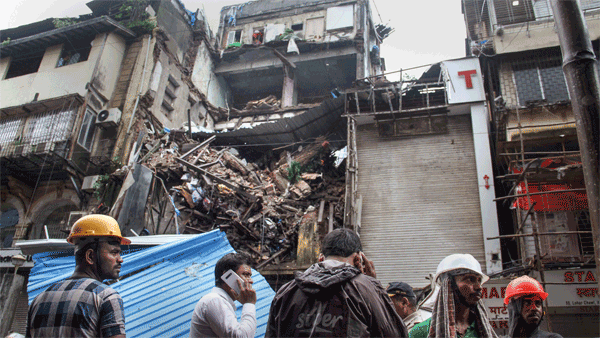
Wildfires on Sicilian island force fashion designer Giorgio Armani, guests to flee their vacation villas
[ad_1]
The head of the region’s civil protection agency, Salvatore Cocina, said arson was suspected in two wildfires that forced around 30 people to seek refuge in boats or on safer parts of the island. Firefighters used Canadair planes to douse the flames, along with ground teams to protect homes. Authorities said no structures appeared to have been lost.
The island’s mayor, Vincenzo Campo, told Italian news agency ANSA that two planes were working on putting out the last flames on difficult terrain and that the wind had dropped off.
“After the great fear of last evening and the night spent at work, Pantelleria is returning to normal,” Campo said. “It seems the worst is over.”
Local officials appealed for any information that would help identify the cause of the blaze, which started in two places 400 meters (a quarter-mile) apart.
Pantelleria, located between Sicily and Tunisia, is a popular beach and trekking destination that includes ancient archaeological sites and natural geographic formations.
Scientists say global warming will continue to make weather more extreme and wildfires more frequent and destructive. Much of western Europe saw little rain this summer, and drought conditions coupled with hot weather have fueled destructive forest fires.
So far this summer, wildfires in Spain have blackened more than 700,000 hectares, the largest area since the European Union started collecting satellite data in 2006.
 AP
APA forest burns during a wildfire near Alcublas, eastern Spain, on Thursday, Aug. 18, 2022.
The EU’s Earth Observation Program said more torrid weather was forecast for Spain as two “disastrous” wildfires burned in the eastern part of the country. The fires in the Mediterranean provinces of Alicante and Castellon have each charred more than 13,000 hectares, the EU agency said.
Meanwhile, authorities in Portugal reported that a wildfire burning for almost two weeks in the pine forests of Serra da Estrela national park was brought under control. However, officials warned of weather forecasts indicating a dangerous new heat wave would arrive soon.
High temperatures, strong winds and a severe drought helped sustain the blaze in the park, where deep ravines and steep hillsides make firefighting difficult.
More than 1,100 firefighters remained in the Serra da Estrela, keeping an eye out for hot spots and embers that might be blown into untouched forest, the Civil Protection Agency, a government department, said.
The blaze charred more than 26,000 hectares (64,000 acres) of woodland, according to European Union data — about one-fourth of the park’s area.
On Wednesday, the fire’s perimeter measured 160 kilometers, emergency officials said, and jumped 125-meter-wide firebreaks that had been cleared since the area’s last major blaze, in 2017.
Fire officials said that was an indication the country is fighting a “new generation” of wildfires that are harder to stop amid the consequences of climate change.
Temperatures in Portugal were due to start climbing, reaching 39 degrees Celsius (102.2 F) in inland areas on Saturday, as the country endures its third heat wave of the summer.
[ad_2]
Source link


